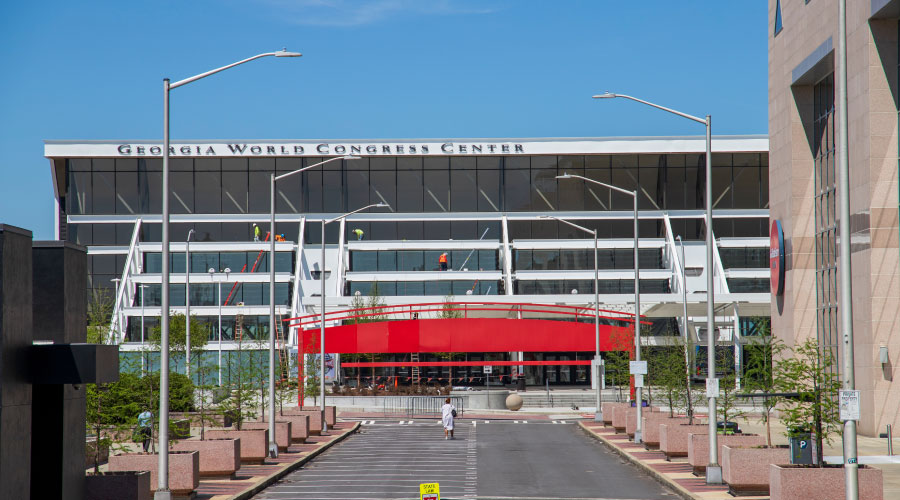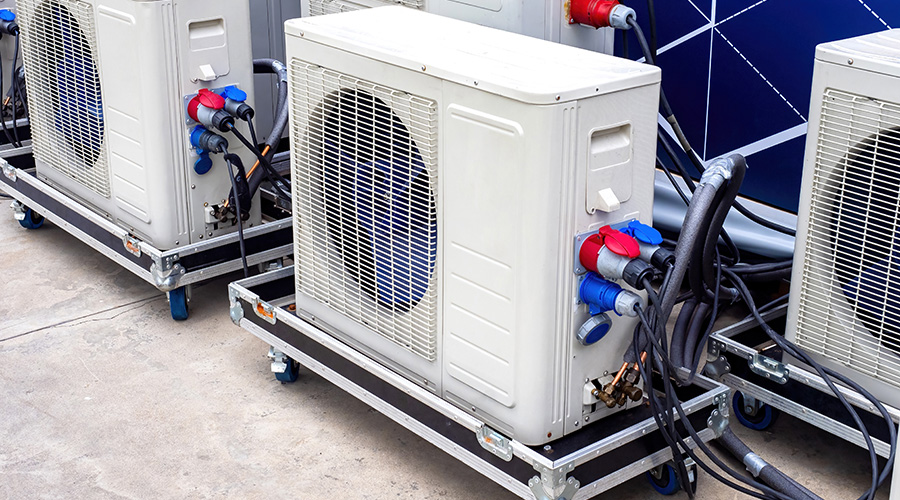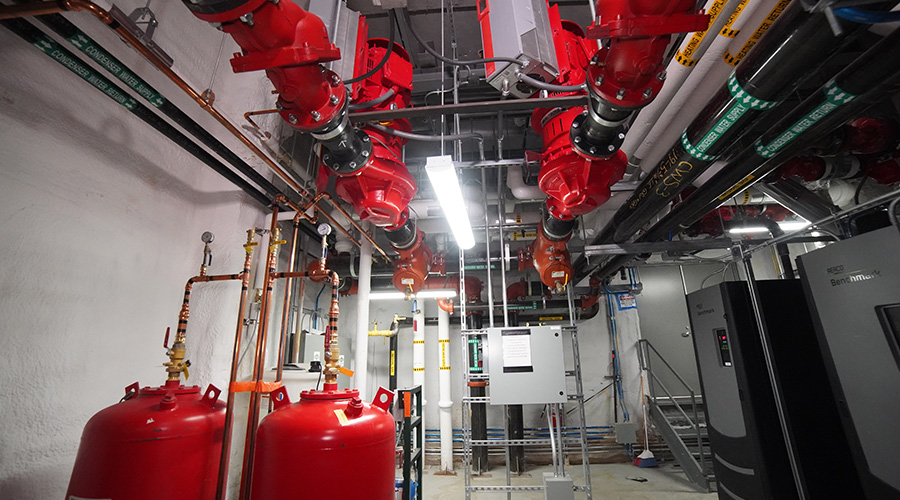Flood Recovery: Cleaning and Rebuilding Mechanical, Electrical Systems
The Iowa Advanced Technology Lab was one of the first buildings Heater and his team addressed. Vibrations or high humidity and temperature levels can negatively affect the research facility’s highly sensitive laser equipment. If that sensitive environment is compromised, it can endanger researchers’ work.
“Because of that, we knew that building was going to be a real challenge to protect and recover, depending on how much we lost,” Heater says.
The building’s electrical system is on the ground floor, and the mechanical space is below ground level. Water covered both areas, and the building lost its services.
“Not only were the building systems — electrically and mechanically — affected,” Heater says. “The entire building became affected because of the sensitive equipment and the humidity and temperature. I could no longer control that humidity and temperature. These instruments were in jeopardy.”
Heater and his team had to move the equipment out of the spaces or out of the water and onto tables. A similar situation was taking place inside three key classroom buildings. To prepare for fall classes, Heater and his team had to restore operations in the Adler Journalism and Mass Communication Building, the English-Philosophy Building and the Becker Communication Studies Building by the third week of August — an extremely quick turnaround.
The mechanical systems in Adler’s basement were flooded.
“The air-handling system within that basement is about 20 feet wide and 80 feet long, with two large supply fans and an energy-exchange wheel,” Heater says. “Because it’s a double-walled system with insulation in it, we thought there was no way we could dry it out and clean it up.”
Heater assumed technicians would have to remove the air-handling system and replace it, but the system was too big to simply move out and replace. So Heater hired a contractor to take the unit apart and rebuild it. The contractor removed the unit’s supply fans, bearings, motors, and energy wheel, dried it out, cleaned it, and rebuilt it in time for fall classes.
“If it was practical, we did replace some things,” Heater says. “But in regards to those buildings we had to get into service so quickly, the turnaround times on some electrical components — large breakers, transformers — was beyond a time we could wait. If it was four or six weeks of delivery, we couldn’t wait that long.”
At one point, Heater had about 400 people cleaning and rebuilding systems and components. Heater does not believe rebuilding — rather than replacing — these systems will shorten their life cycles or lower their efficiency, though trending is just underway.
“We don’t think so because of the thoroughness of replacing the important components, like bearings, or the thoroughness of the clean-up,” he says.
Related Topics:













